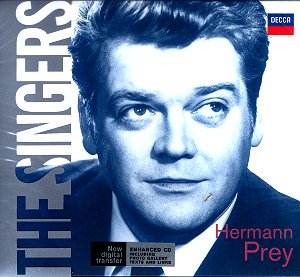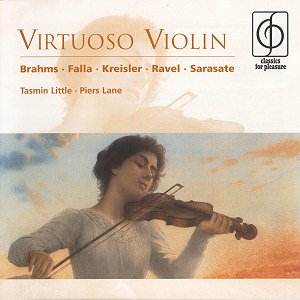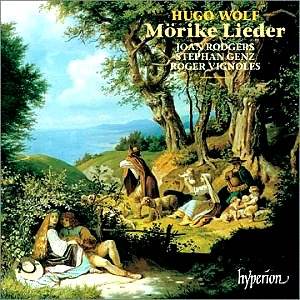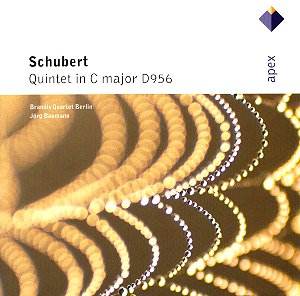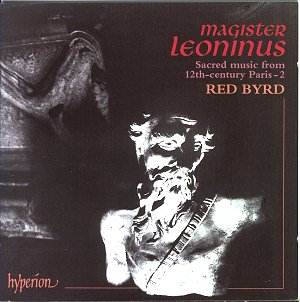 Composer: Léonin
Composer: Léonin
Works: Sacred Music from 12th Century Paris
Performers: Red Byrd – John Potter (voice), Richard Wistreich (voice), with Yorvox
Recording: Recorded at St. Alban’s Church, Holborn, London, April 2001
Label: HYPERION CDA67289
The enigmatic figure of Léonin, a pivotal yet often overshadowed composer of the 12th century, emerges vividly in this splendid recording of his sacred music. His contributions to the nascent polyphonic tradition at the Notre Dame School mark a significant transition in Western music history. Léonin’s polyphonic settings, particularly his responsorial chants, represent a critical development in the layering of melodic lines, where the sustained tones of plainsong (the vox principalis) are adorned with elaborate, melodic ornamentation (the duplum). This recording not only serves as a testament to Léonin’s artistry but also illuminates the rich tapestry of liturgical music during a transformative period.
Red Byrd’s interpretation of Léonin’s works in this recording encapsulates the intricate relationship between the vox principalis and duplum. The ensemble’s approach emphasizes the delicate interplay of rhythm and melody, demonstrating the dual nature of Léonin’s compositions. Notably, the way the soloists weave elaborate lines over long-held notes evokes the architectural grandeur of 12th-century cathedrals. The rhythmic structures employed, particularly the use of contrasting free-flowing passages alongside more regular, dance-like compound rhythms, highlight the duality present in Léonin’s style. This duality is expertly showcased in the track “Dum complerentur,” where the interplay between melismatic sections and regular rhythmic cells creates an engaging musical dialogue, illustrating the innovative spirit of the time.
The technical execution by John Potter and Richard Wistreich is commendable, with their voices blending seamlessly yet retaining distinct tonal qualities that illuminate the text. The articulation and enunciation of the Latin texts are impeccable, enhancing the clarity of the sacred messages conveyed. The acoustic environment of St. Alban’s Church plays a crucial role in this performance; its resonant space allows the rich harmonies and intricate polyphony to blossom. The engineering captures this depth effectively, providing a balanced sound that neither overwhelms the listener nor diminishes the subtlety of the performances.
When comparing this recording to previous interpretations, such as those by the Hilliard Ensemble or Ensemble Organum, Red Byrd’s approach stands out for its clarity and structural integrity. While the Hilliard Ensemble brings an admirable fervor to the music, Red Byrd’s more nuanced handling of Léonin’s rhythmic complexity provides a refreshing perspective. The ensemble’s decision to focus on the responsorial aspects of the chant, rather than placing them within a liturgical context, allows for a more concentrated exploration of Léonin’s musical language, revealing the depths of his compositional prowess.
This recording is an outstanding contribution to the understanding of early polyphony, offering a meticulously crafted interpretation that honors Léonin’s legacy. The synthesis of scholarly insight, technical virtuosity, and emotional resonance makes this a compelling listening experience. Red Byrd’s rendition not only showcases the beauty of Léonin’s work but also invites listeners to appreciate the profound historical significance of this repertoire in the evolution of Western music. The care and craftsmanship evident throughout this recording affirm Léonin’s rightful place in the canon of medieval composers.
